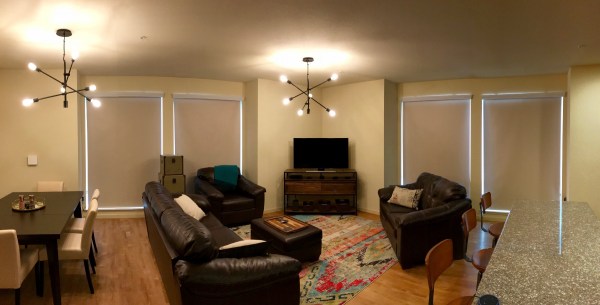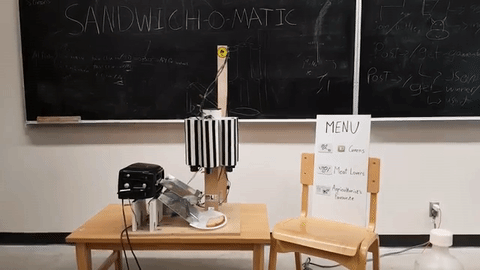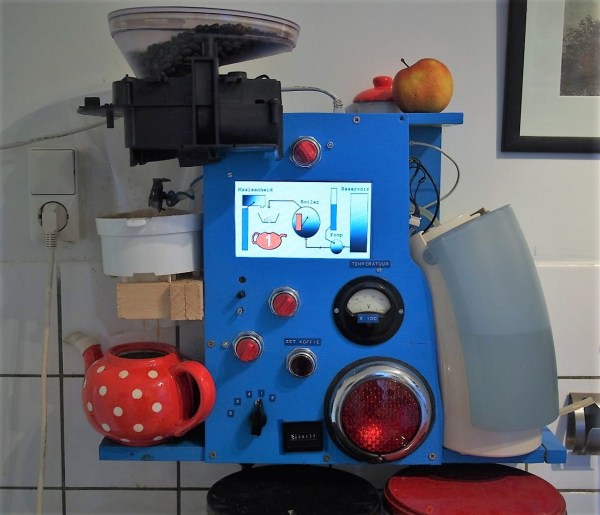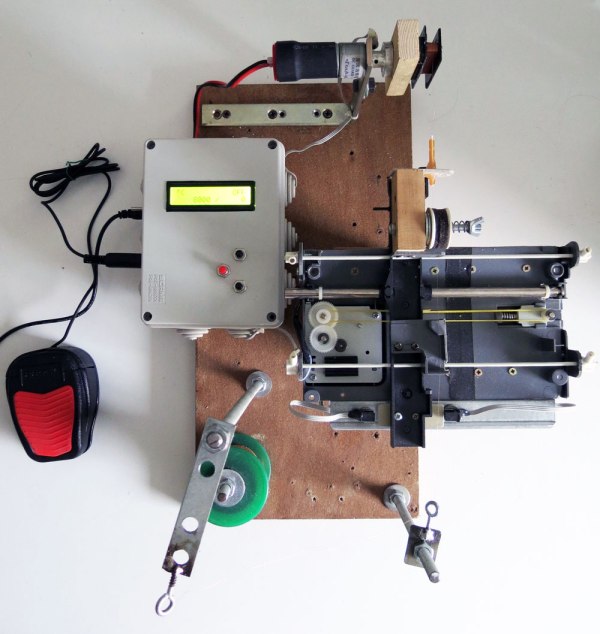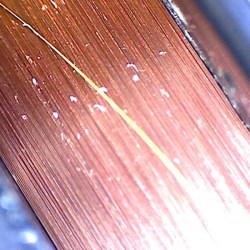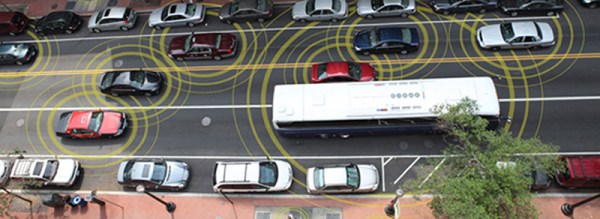More than once a maker has wanted a thing, only to find it more economical to build it themselves. When your domicile has massive windows, closing what can feel like a mile of blinds becomes a trial every afternoon — or every time you sit down for a movie. [Kyle Stewart-Frantz] had enough of that and automated his blinds.
After taking down and dismantling his existing roller blinds, he rebuilt it using 1-1/4 in EMT conduit for the blinds’ roll to mount a 12V electric shade kit within — the key part: the motor is remote controlled. Fitting it inside the conduit takes a bit of hacking and smashing if you don’t want to or can’t 3D print specific parts. Reattaching the roller blind also takes a fair bit of precision lest they unroll crooked every time. He advises a quick test and fit to the window before moving on to calibrating and linking all your blinds to one remote — unless you want a different headache.
Now, to get Alexa to do your bidding.

